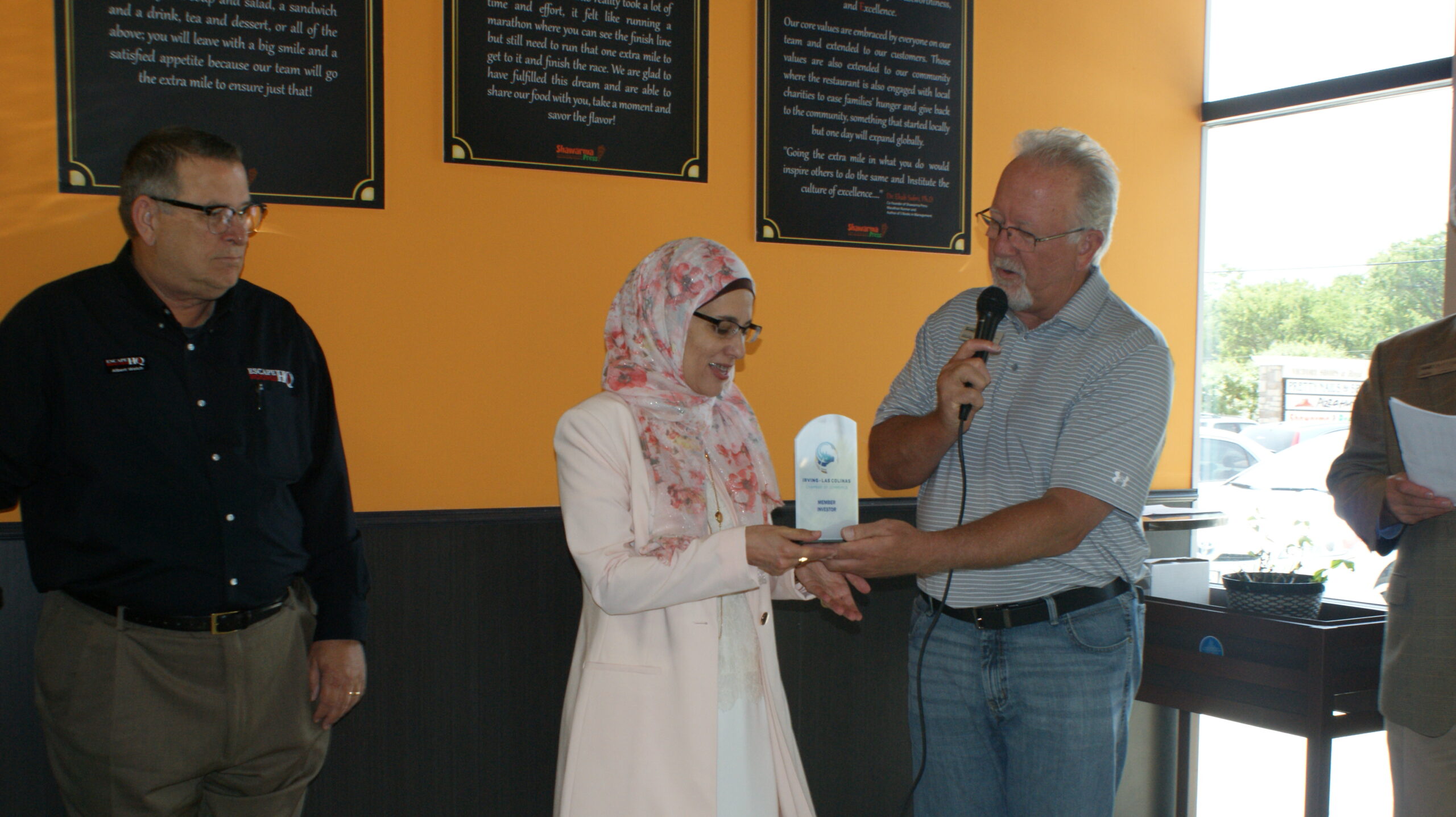Remark: Lots of establishing nations are abundant in eco-friendly resources and growing them quickly– with more financial investment, they can tip the balance towards green industrialisation
Vikram Singh is senior principal for the Global South with energy think-tank RMI.
If you ‘d asked me a month ago who was releasing renewables quicker– the Global South or the Global North– I would have believed it safe to state the Global North. In a brand-new RMI report released today, we dive into the information and discover a various and unexpected truth: the Global South is scaling solar and wind quicker than the Global North– and Latin America, for instance, is embracing these innovations quicker than even China.
Before going even more, it’s practical to set the scene. The Global South– which we specify as Latin America, Africa, South Asia, and Southeast Asia– requires lots more energy, and it requires it quickly. Per-capita energy need in the Global South is just one-fifth of that in the Global North. On aggregate, the area has currently end up being a net importer of fossil fuels.
Australian renewables leader Adelaide quotes to host COP31 environment top
Considered that it has extremely low nonrenewable fuel source reserves per capita, under a business-as-usual circumstance, the financial concern and security threats of importing costly and unstable nonrenewable fuel sources would just increase. In plain contrast, these nations are abundant in eco-friendly resources, having 70% of the world’s eco-friendly capacity.
Integrate this energy requirement and political economy with the dropping expenses of tidy innovations and fast build-out of inexpensive, high-performing Chinese cleantech, and the inspiration to transfer to brand-new energy ends up being clear. As we understand, when rewards line up, markets move. And cleantech is moving.
Most inexpensive, fastest method to industrialize
The development benefits highlighting: In 2024, 87% of capital investment on electrical energy generation in the Global South is set to stream into tidy energy jobs, up from around a half a years earlier. The International Energy Agency (IEA) expects brand-new solar and wind capability in these areas to rise by 60% this year, reaching over 70 gigawatts. Over the previous 5 years, solar and wind power generation has actually been growing at a typical yearly rate of 23%, now providing 9% of electrical energy generation.
In this brand-new energy video game, lots of Global South nations are revealing their rich equivalents how it’s done. One-fifth of the Global South– from Brazil to Morocco, Bangladesh to Egypt, and Namibia to Vietnam– has actually currently surpassed the Global North in regards to solar and wind adoption or electrification rates.
Amidst the continuous push to break through the instant barriers to alter, it’s all too simple to ignore the historic significance of this shift. Tidy innovation uses the most affordable and fastest path to industrialization in history.
The fast development of solar and wind energy will speed up the development in electrical power supply, laying a structure for faster financial advancement. Renewable resource maximizes 40% of the Global South from investing over 4% of their yearly GDP on nonrenewable fuel source imports.
Economical and tidy energy can serve as a magnet for international production, as markets gravitate towards low-cost energy. And for the very first time, nations can establish without enforcing the huge health and financial expenses related to air contamination.
From products to innovations
While the evidence points of quick modification have actually never ever been higher, neither has the seriousness. Modification is taking place quick, however it is not taking place all over, nor is it taking place quickly enough to satisfy enthusiastic advancement or environment objectives.
As we approach COP29 in Baku, we need to alter 3 things to speed up development. The story: the cleantech transformation is not a problem to share; it is an amazing chance to enhance energy gain access to and financial development. We are moving from a pricey, ineffective, unstable, limited, product-based fossil system to more affordable, cleaner, leaner innovations that deal constantly falling expenses and are readily available all over.
To record renewable resource gains, Africa should buy battery storage
Second, Nationally Determined Contributions (NDCs) and domestic policy more broadly require to show this brand-new financial truth. They can act as trustworthy financial investment strategies that signify aspiration and clarify monetary requirements. As we highlight in the report, more policy aspiration brings more inward capital. In 2024, environment policy is commercial competitiveness policy.
Third, we should decrease the expense and enhance the volume of financial investments in the Global South. Strong policy is crucial however inadequate– specifically for lower-income countries. The IEA’s World Energy Outlook 2024, approximates that around two-fifths of emerging market financial investments required for net absolutely no are industrial, half requirement strong public and personal collaborations, and 6% requirement to be funded openly, needing a tripling of energy-related concessional financing by 2030.
That is why Mission 2025– the worldwide union of genuine economy leaders– officially asks advancement banks and established nation federal governments to assist power up emerging economies at COP29 by enormously scaling financing to attain the international objective to triple renewables by 2030, especially in lower-income nations.
The time is now to advance the introduction of a richer, cleaner and more equivalent world.



